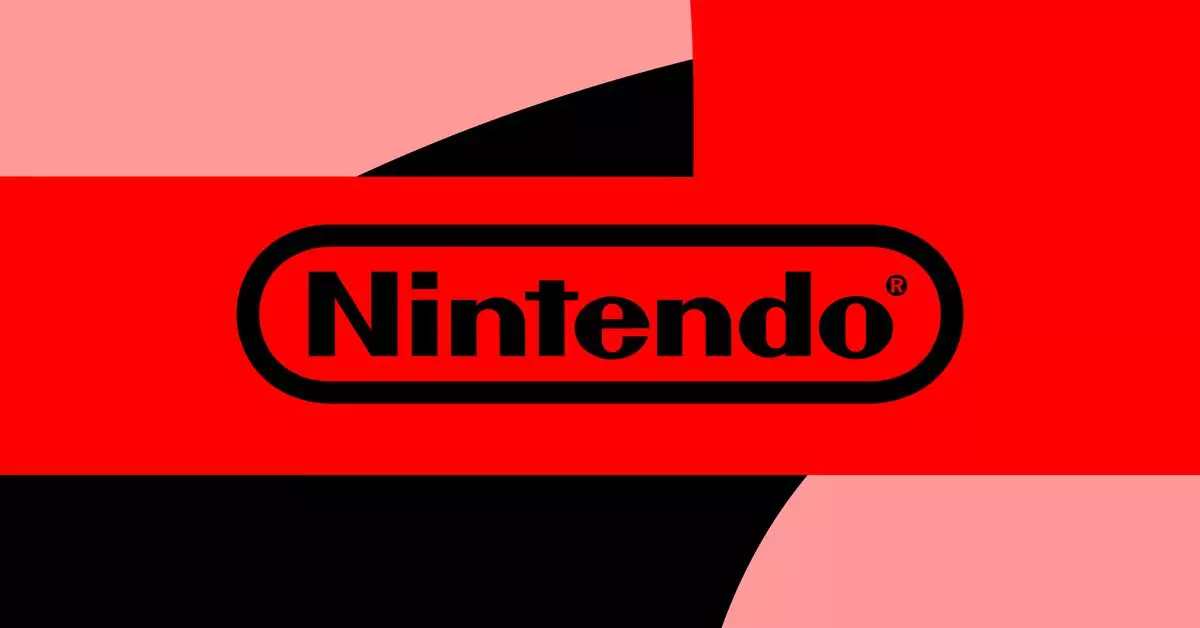In the competitive landscape of gaming consoles, Nintendo has remained a formidable player, and as the anticipation builds for its next console, enthusiasts are keen to understand its potential features and implications for existing users. During a recent midyear policy briefing, Nintendo confirmed that the successor to the Nintendo Switch will possess backward compatibility with current Switch titles. This announcement comes as a breath of fresh air for fans eager to transition into the new platform without sacrificing their gaming library or online services. Despite not unveiling the console’s name or features, Nintendo showed commitment to its existing customer base by reassuring them of continuity in their gaming experience.
Recent performance metrics for the current Nintendo Switch reveal that while sales have seen a decline—4.72 million units sold in the past three months, a 31% decrease compared to last year—the overall numbers remain impressive. With a total sales figure surpassing 146 million units, the Switch has established a formidable legacy within the gaming community, becoming Nintendo’s best-selling console in history. Moreover, software sales have soared, with a staggering 1.3 billion units sold by September 30th, 2024. This success speaks volumes about the gaming library’s appeal, showcasing that, despite fluctuations in hardware sales, the demand for quality content continues to thrive.
While the traditional unit sales numbers paint a positive picture, there has been a slight dip in Nintendo Switch Online subscriptions, which recently shrank to approximately 34 million. This decline indicates a need for Nintendo to reevaluate and perhaps enhance its online service offerings. Interestingly, a silver lining exists within this trend, as the pricier Expansion Pack version has seen a growth in subscribers. This reflects a nuanced understanding of gamers’ willingness to pay more for premium content, perhaps in the form of additional classic games or new offerings within the online library.
Nintendo’s assertion that “more software has been played on Nintendo Switch than on any other Nintendo hardware” emphasizes its success in creating a vibrant gaming ecosystem. However, it also raises concerns regarding the availability of older games, many of which remain inaccessible under current models. As video game history faces threats of extinction—with a staggering 87% of games released before 2010 categorized as “critically endangered”—it’s crucial for Nintendo to consider the implications of backward compatibility not just as a selling point but as a form of preserving its rich legacy.
When compared to its competitors like Microsoft and Sony, Nintendo’s approach to backward compatibility presents various challenges and opportunities. Both Xbox Series X and PlayStation 5 have made strides in supporting a wide range of titles from their predecessors, establishing robust frameworks for legacy gaming. Conversely, the transition from the Wii U to Switch—a shift from discs to cartridges—poses unique hurdles for Nintendo. Currently, gamers must rely on either the release of remastered titles or the inclusion of previous games in the Switch Online library, which may not align with community expectations.
As Nintendo prepares to unveil the Switch 2, or whatever new title it may ultimately adopt, the company must carefully balance its preservation efforts with its innovation goals. The potential for nostalgic gameplay experiences is a double-edged sword; while it could attract a significant audience eager to revisit classic titles, it poses logistical challenges in delivering a seamless user experience, particularly with the technological advancements increasingly expected by today’s gamers.
The conversation surrounding Nintendo’s future and its forthcoming console hinges not just on powerful hardware or new gaming experiences; it’s deeply intertwined with player satisfaction and the delicate thread of video game preservation. As we await further details about the company’s next generation of gaming, stakeholders—including gamers, developers, and historians—will watch closely to see how Nintendo navigates this complex terrain. Emphasizing backward compatibility could not only bolster existing brand loyalty; it has the potential to play a pivotal role in the larger narrative of gaming history. For now, Nintendo stands at a critical juncture, one that could define its legacy for generations to come.


Leave a Reply